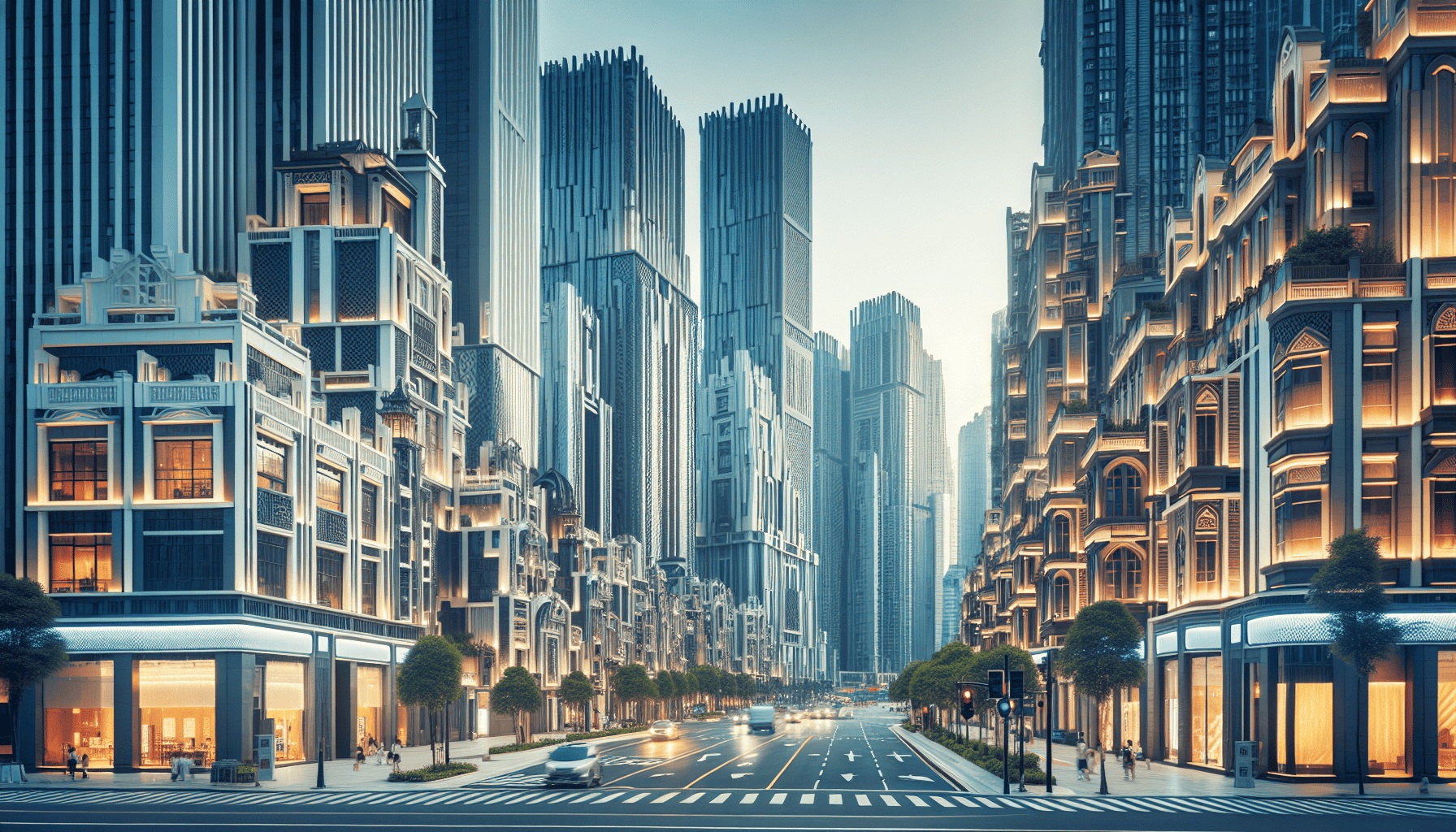Urban exploration, or urbex for short, is an invigorating pursuit that takes daring souls beyond the peripheries of a bustling city into its hidden, often forgotten realms. It is the art of venturing into the overlooked and underappreciated structures embedded within the urban fabric, and capturing their essence through various forms of media. This mastery not only requires an adventurous spirit but also a keen eye for detail and a deep appreciation for the nuances of city life and architecture.
Every city is a living mosaic, composed of layered histories, diverse cultures, and architectural wonders both grand and subtle. Mastering urban exploration involves more than just traversing the city’s surface; it demands an immersive approach to understanding its soul. It is about discovering the stories that lay folded within the corners of abandoned buildings, the echoes of human endeavors manifested in brick and stone, and the vibrant dance of life along bustling streets.
The first step in capturing the essence of city life and architecture is developing a discerning eye. Urban explorers must train themselves to notice the overlooked details that define a city’s character. It might be the intricate designs of an ornate façade, the play of light and shadows across a neglected alley, or the vibrant graffiti that animates the walls of a once-industrial site. Each detail offers a glimpse into the city’s story, narrating chapters of innovation, decay, and renewal.
Photography is a quintessential tool in urban exploration, allowing explorers to document and interpret the cityscapes they encounter. Through the lens of a camera, mundane scenes transform into compelling narratives. Capturing the interaction between people and their built environment adds another layer of depth to urbex photography. The juxtaposition of human life against urban decay or the convergence of cultures in bustling markets offers a powerful commentary on the resilience and adaptability of city dwellers.
Architectural exploration offers its own set of wonders. Cities are repositories of architectural styles spanning centuries, each with its unique language. From the towering glass skyscrapers symbolizing modern ambition to the crumbling remnants of neoclassical edifices, urban explorers encounter a spectrum of architectural expressions. Understanding these styles, their historical significance, and their cultural context can greatly enrich an urban explorer’s experience.
Despite its allure, urban exploration should always be approached with ethical considerations and safety in mind. While the thrill of venturing into abandoned or off-limits sites can be tempting, respecting property laws and personal safety is paramount. The goal should be to preserve and protect the spaces explored, ensuring that they remain unharmed for future explorers and historical preservation.
In mastering urban exploration, there’s an emphasis on storytelling. Each photograph, sketch, or narrative created from an urban exploration serves as a testament to the city’s legacy. These stories contribute to the broader dialogue about urban development, preservation, and the ever-evolving relationship between humans and their environment.
Capturing the intricate nuances of city life and architecture through urban exploration is a journey of continuous learning and discovery. It’s about perceiving the unseen, listening to the silent stories of the past, and envisioning the potential of urban spaces. As urban explorers traverse the labyrinths of towering urban landscapes, they become part of the city’s ongoing tale, leaving behind a record of the ephemeral beauty and timeless essence lying at the heart of urban life.
